Pyramids
 | |
When we think of pyramids we think of the Great Pyramids of Egypt.
They are actually Square Pyramids, because their base is a Square.
| 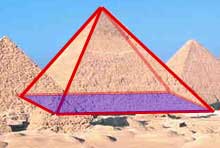 |
Parts of a Pyramid
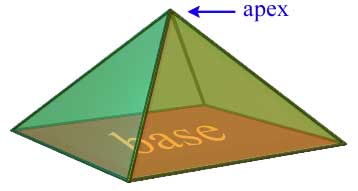 |
| A pyramid is made by connecting a base to an apex |
Types of Pyramids
There are many types of Pyramids, and they are named after the shape of their base.
| Pyramid | Base | ||
| Triangular Pyramid: | 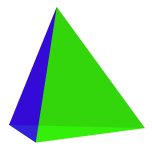 |  | Details >> |
|---|---|---|---|
| Square Pyramid: | 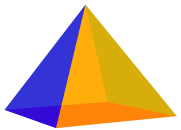 |  | |
| Pentagonal Pyramid: | 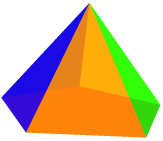 |  | |
Right vs Oblique Pyramid
This tells you where the top (apex) of the pyramid is. If the apex is directly above the center of the base, then it is a Right Pyramid, otherwise it is an Oblique Pyramid.
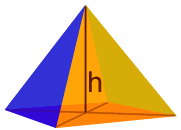 | 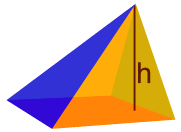 |
| Right Pyramid | Oblique Pyramid |
|---|
Regular vs Irregular Pyramid
This tells us about the shape of the base. If the base is a regular polygon, then it is a Regular Pyramid, otherwise it is an Irregular Pyramid.
 | 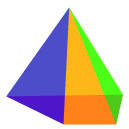 |
| Regular Pyramid | Irregular Pyramid |
|---|---|
 | 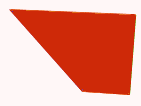 |
| Base is Regular | Base is Irregular |
Area and Volume
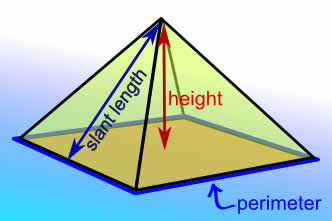 | The Volume of a Pyramid
The Surface Area of a Pyramid
When all side faces are the same:
When side faces are different:
|
|
No comments:
Post a Comment